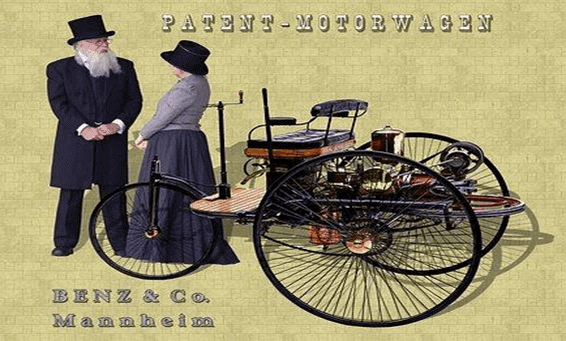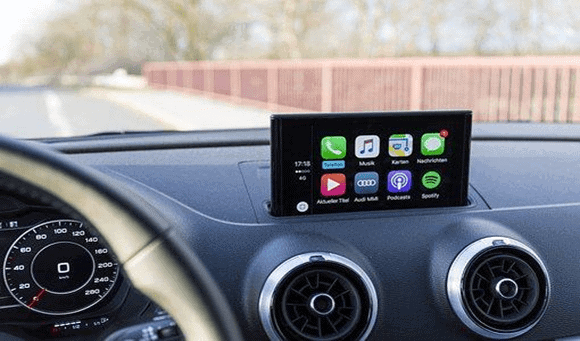If, like me, you like getting to the route of the basic things in life, then you must have asked yourself at one time one of the most overlooked things today – where did cars come from?
We’ve all heard the stories about how this car model was built by this or that company; Carsurance even did a whole infographic on 64 interesting facts about various car brands, including some notable years in the history of vehicles. If you’re a car enthusiast, you definitely need to check it out.
In this post, I will briefly take you through the history of cars, and how they came to be and what they are today.
So, grab a snack and let’s roll back in time!
How It All Began
The history of cars traces back to the 1800s when a man named Karl Benz invented a strange-looking machine, which was propelled by an engine. The machine would become the first car. Karl, who hails from German, patented the three-wheeled car named “Motorwagen” in 1886.
Although there had been other significant players in the motor space, including Henry Ford and Gottlieb Daimler, Karl’s Motorwagen was the first true modern automobile.
To make it simpler for you to understand the history of vehicles, below are the respective years that marked major milestones in the sector.
1886: The first car powered by an internal combustion engine was built by Karl Benz. It was quiet and moved on three wheels.

1888: The first electric car was built. It was four-wheeled and could not travel long distances due to power issues. For this reason, gasoline cars became more popular.

1908: Henry Ford mass-produced his Model T cars; this marked the first mass production of motor vehicles.
1948: The cruise control feature was first developed by a man called Ralph Teeter. Ralph’s innovation was formed in spite of his blindness.
1970: The Anti-lock braking system feature began to use computer-programmed sensors that made it possible to monitor hydraulic pressure and wheel movement to prevent skidding.
1981: This marked the year that saw the first ever computer-chipped vehicles come to existence. More stringent laws pushed many car builders to adopt a system that would monitor the overall performance of the vehicle.

1997: Hybrid vehicles started being produced with Toyota pioneering the market with its Toyota Prius. The vehicles were believed to be less pollutant and more fuel-efficient.
2009: Google makes a debut with the first driverless car. Apparently, the car can see 360 degrees and move without a steering wheel, brakes or an accelerator. Honestly, I’d love to try one of these out on a very clear road in broad daylight.
2015: Tesla released an auto-pilot car. The auto-pilot car (Model S) is one of the latest innovations in the automobile space. The car boasts high-end features, including ultrasonic sensors, cameras, radar, and a database of information about the roads, traffic and more to automatically cruise through highways, adjust motion, and change lanes accordingly.
Of course, a lot more has happened in the automobile industry since the 1800s; but in this post, we’ve only highlighted some of the most significant developments over time.
Over to you…
Do you know of any other major developments in the auto sector that we haven’t highlighted here? Let’s keep the conversation going in the comments section.








